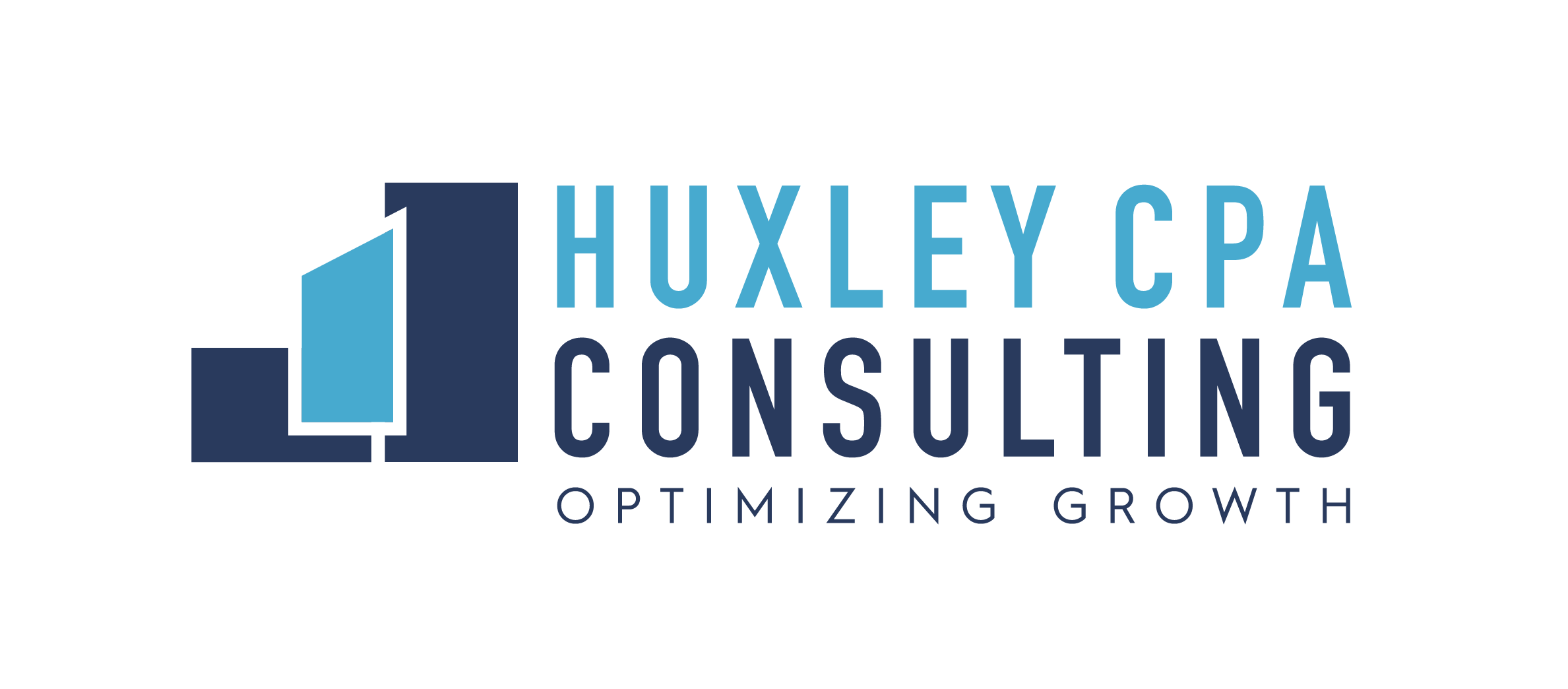If an unexpected economic crisis hit our country later this year, would your business survive it?
In March 2020 when the COVID-19 pandemic swept through our country, there were businesses that were able to weather the storm and are still in business today. Unfortunately, it’s estimated that 29.7 percent of all small businesses in the U.S. had to permanently close their doors in 2020.
So what is it that made the difference between the companies that kept their businesses afloat in the storm and those that sank?
The answer is a simple one: a strong, healthy balance sheet.
Why You Should Care About Your Balance Sheet
A balance sheet shows the financial health of the company and is often ignored because of a lack of understanding. When the value of the balance sheet isn’t understood, owners think it’s not worth the time investment to understand it. It’s a fatal mistake for many businesses.
Those businesses with a weak balance sheet started sinking fast when the pandemic hit our economy in 2020. Their bank accounts went to zero when they lost customers, which meant they couldn’t pay vendors. When you can’t pay your bills, you lose contracts. It’s only a matter of time before you have to put up the “going out of business” sign. 75% off – everything must go!
Companies that have a weak balance sheet do not have any wiggle room for events that rock the boat.
Welcome To Balance Sheet 101
It’s never too late to learn – or get a refresher – on the basics of a healthy balance sheet. Grab a cup of coffee, sit back, and let’s pretend we’re back in undergraduate classes for a few minutes. I’ll be your study buddy.
A balance sheet consists of three sections: assets, liabilities, and equity.
The balance sheet is a financial statement that answers the question, “If you took everything you own (assets) and paid off everything you owe (liabilities), how much would you have left over (equity)?
Assets are the things that your company owns: bank accounts, payments owed to you from customers, and fixed assets like computer equipment or vehicles.
Liabilities are the things that your company owes someone else: a credit card company, bank loans, and payments you owe vendors.
Equity is the net value of the company. If you shut down your business tomorrow, this is what your company would be worth.
In other words: Assets – Liabilities = Equity. One of the hallmarks of a healthy balance sheet is positive equity. But there’s more to it than just that.
Both assets and liabilities are either short term or long term, which can help you see into your company’s financial future.
Short term assets can be liquidated to cash in one year or less. Short term liabilities have to be paid in one year or less.
Long term assets can generally take more than one year to liquidate to cash. Long term liabilities are payments that you owe more than one year in the future.
Think of the short term and long term like the weather report. The short term shows you the weather for tomorrow. The long term shows you the weather’s 10-day forecast. You don’t know if a storm is coming, but you can predict the weather and be prepared for it.
Looking for some extra credit for our study session? Another measure of health is known as the Quick Ratio. Add together your cash and your accounts receivable balances, and divide that result by your current liabilities (everything due in less than 1 year). A result of 1 or higher means you have the ability to pay your current liabilities with the assets you can quickly convert to cash. A value of less than zero is dangerous territory to be in when a storm hits.
Take The Mystery Out Of Your Balance Sheet
After that quick study session, you can easily see how dangerous it can be for your business if you don’t understand and maintain your balance sheet. This important financial statement tells you whether or not your business is prepared to weather a storm. Hopefully another global pandemic won’t create tsunami-like waves for our country again, but it’s better to be safe than out of business.
Is your business boat seaworthy? You don’t know when the storms are coming, so you need to be prepared. The best way to do that is to have a strong and healthy balance sheet.
Do you need help to determine if your business is poised to weather the next storm? Let me turn your financial mystery into mastery. Book a 30 minute introductory meeting today.







